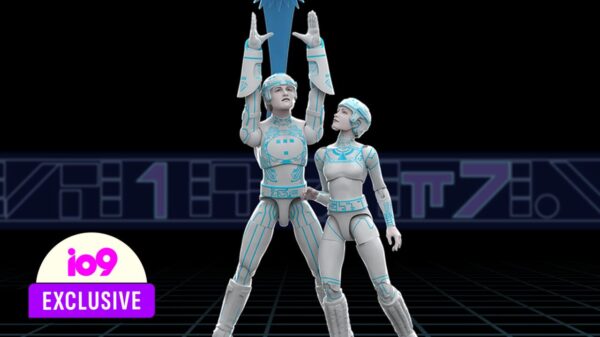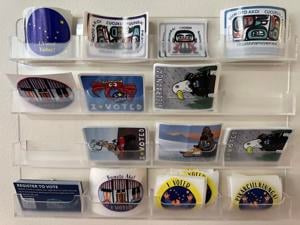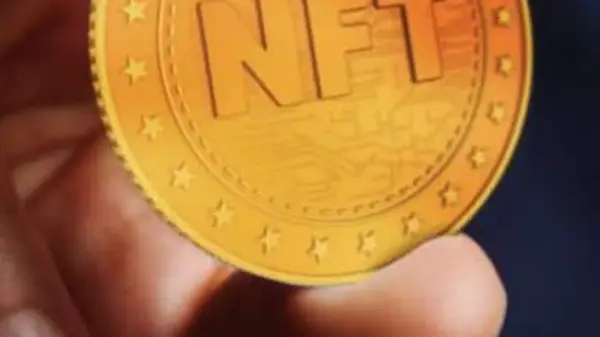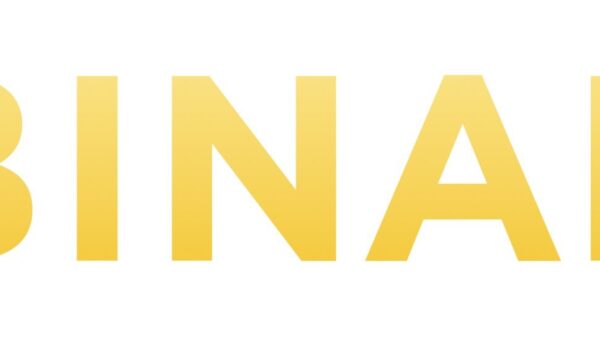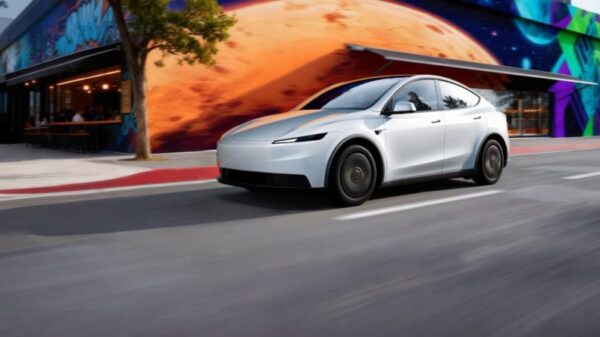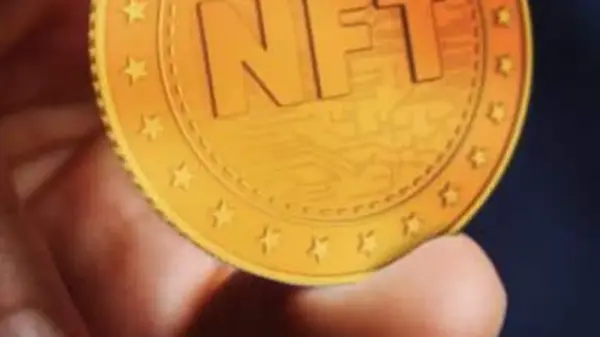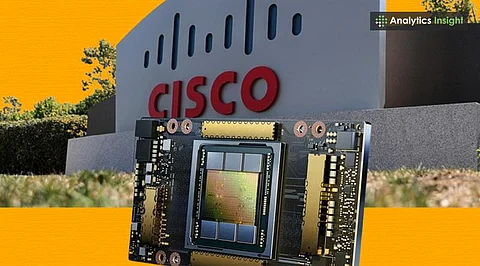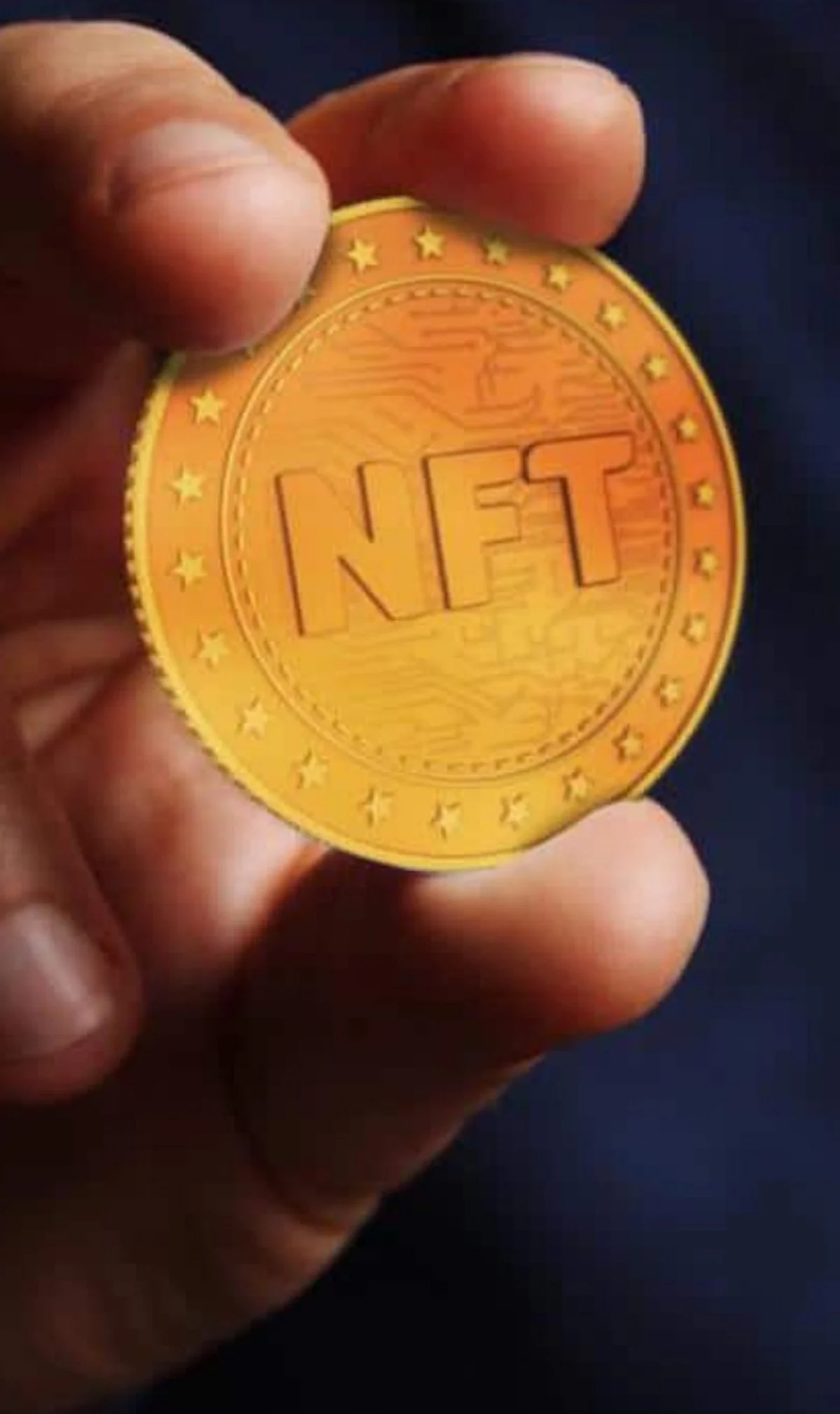The market for non-fungible tokens (NFTs) is currently seeing significant growth, with Ethereum, Solana, and Polygon emerging as the leading coins by market capitalization. These digital currencies are not only at the forefront of the NFT sector but are also shaping the future of digital collectibles.
Market Leaders and Performance
Ethereum remains the most prominent player in the NFT space, holding a substantial market share that has made it synonymous with digital art and collectibles. As of October 2023, Ethereum’s market capitalization in the NFT sector is estimated to be over $30 billion, reflecting its dominance and the strong demand for NFTs built on its blockchain.
Solana has rapidly gained traction since its launch, offering lower transaction fees and faster processing times compared to Ethereum. This has attracted a growing number of creators and collectors. Solana’s market cap in NFTs has reached approximately $10 billion, positioning it as a strong contender in the space.
Polygon, known for its scalability solutions for Ethereum, has also carved out a significant niche in the NFT market. By enabling developers to build and scale their projects more efficiently, Polygon has become increasingly popular among NFT projects. Its market capitalization is estimated to be around $5 billion, showcasing its growing influence.
Implications for Digital Collectibles
The rise of these three coins highlights a broader trend in the NFT ecosystem, where innovative platforms and technologies are creating new opportunities for artists and collectors alike. The success of Ethereum, Solana, and Polygon indicates a robust demand for digital collectibles, which are increasingly viewed as valuable assets.
Investors and enthusiasts are taking notice, with sales of digital art and collectibles reaching record highs. According to a report by NonFungible.com, the total sales volume for NFTs surpassed $50 billion in 2022 and continues to grow in 2023, as more individuals engage with the digital asset space.
As these platforms evolve, the competition among them is likely to intensify, driving further innovation and potentially leading to the development of new standards for digital ownership. This competition may also lead to fluctuations in market values, affecting both short-term traders and long-term collectors.
In conclusion, Ethereum, Solana, and Polygon are not only leading the NFT market by capitalization but are also influencing the broader digital collectibles landscape. As the sector continues to grow and evolve, these coins will play a crucial role in shaping the future of NFTs and the way digital assets are perceived and traded.


